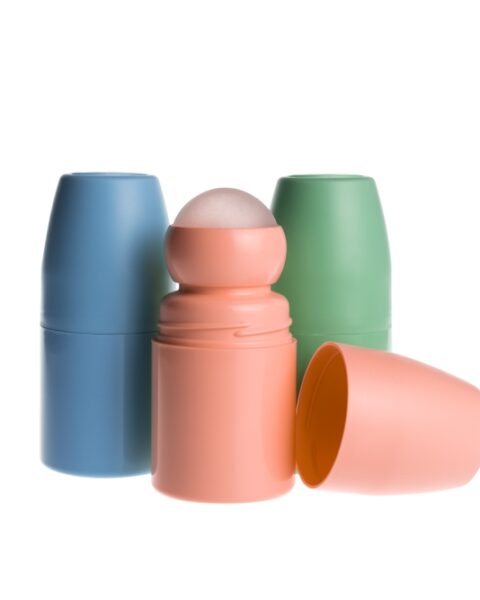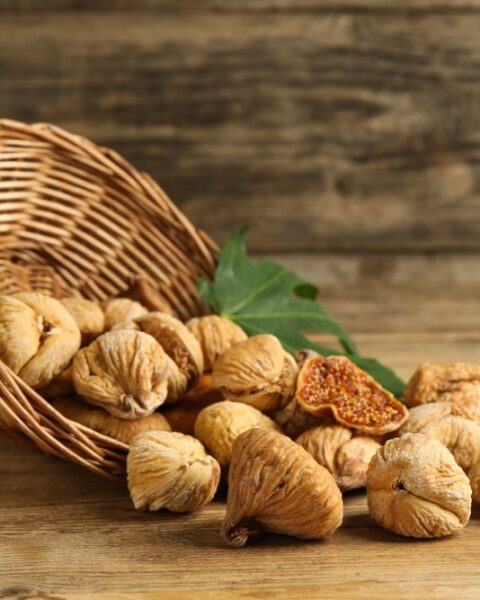If you’re looking to transform your garden into a wildlife-friendly space, you’re in for a delightful journey. Encouraging biodiversity doesn’t just help animals – it can bring beauty, movement, and life to your backyard. By focusing on native plants, water sources, and shelter options, you can create a sanctuary that supports your local environment.
Contents
- 1 Use Native Plants
- 2 Provide Water Sources
- 3 Create Shelter
- 4 Plant a Variety of Flowers
- 5 Leave Areas Wild
- 6 Avoid Chemical Pesticides
- 7 Include Berry-Producing Plants
- 8 Add Nesting Boxes
- 9 Plant Trees and Shrubs
- 10 Grow a Wildflower Meadow
- 11 More From RetailShout
- 12 The 14 Oldest Steakhouses in America You Must Visit
- 13 26 No-Bake Treats to Satisfy Your Sweet Tooth
Use Native Plants
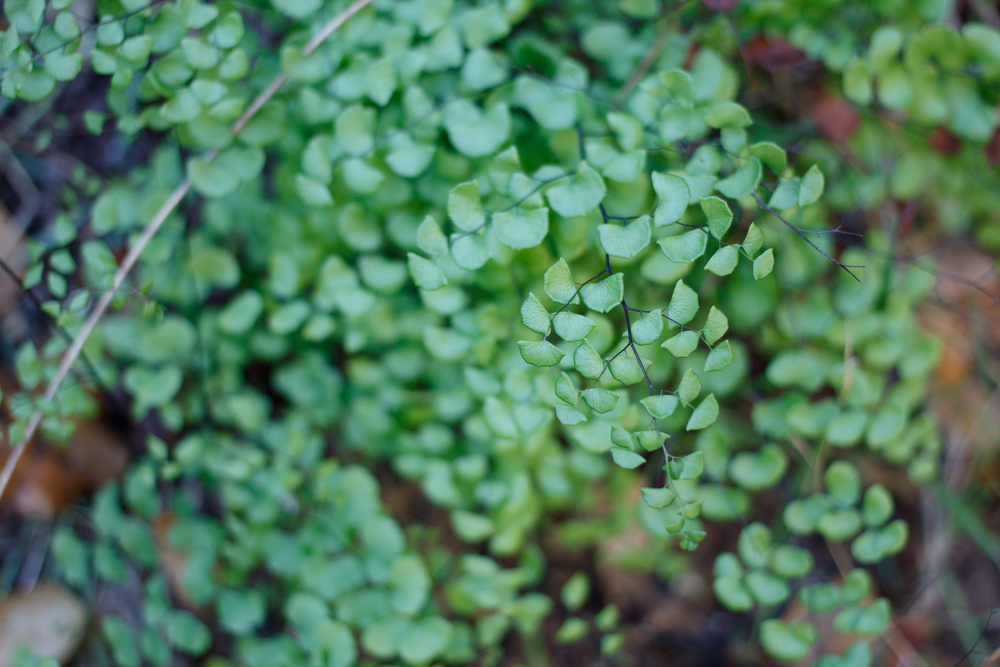
Native plants are a great starting point for a wildlife-friendly garden. They naturally attract local birds, insects, and animals that depend on them for food and shelter. Because these plants are adapted to your area, they typically require less water and maintenance, making them a practical choice as well. By choosing native species, you help sustain the local ecosystem while keeping your garden low-maintenance.
Provide Water Sources
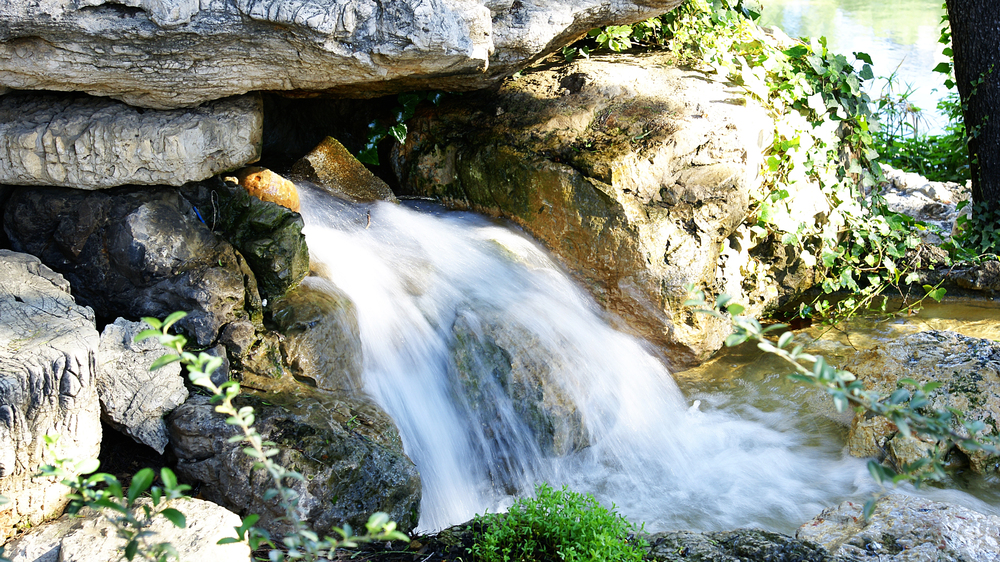
Wildlife needs access to fresh water, especially in hot or dry conditions. Adding a birdbath, small pond, or even a shallow dish with water can provide a crucial drinking spot for birds, insects, and small animals. Ensure that the water is clean and refreshed regularly to keep wildlife healthy and safe. The simple addition of water can attract a wide range of creatures to your garden.
Create Shelter
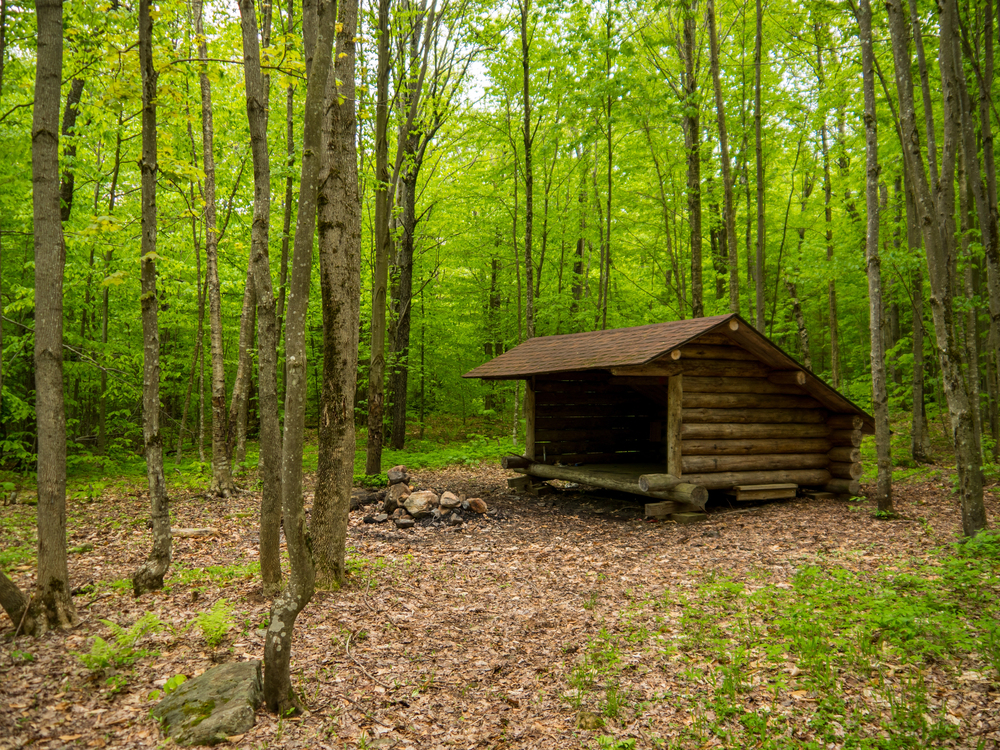
Wildlife needs shelter to stay safe from predators and harsh weather. Dense shrubs, piles of logs, or even a small hedge can offer the perfect hiding spot for animals like hedgehogs, birds, and insects. You don’t need a large space to provide shelter – even a corner of your garden can offer much-needed refuge. Thoughtful shelter planning encourages animals to stay and make your garden their home.
Plant a Variety of Flowers
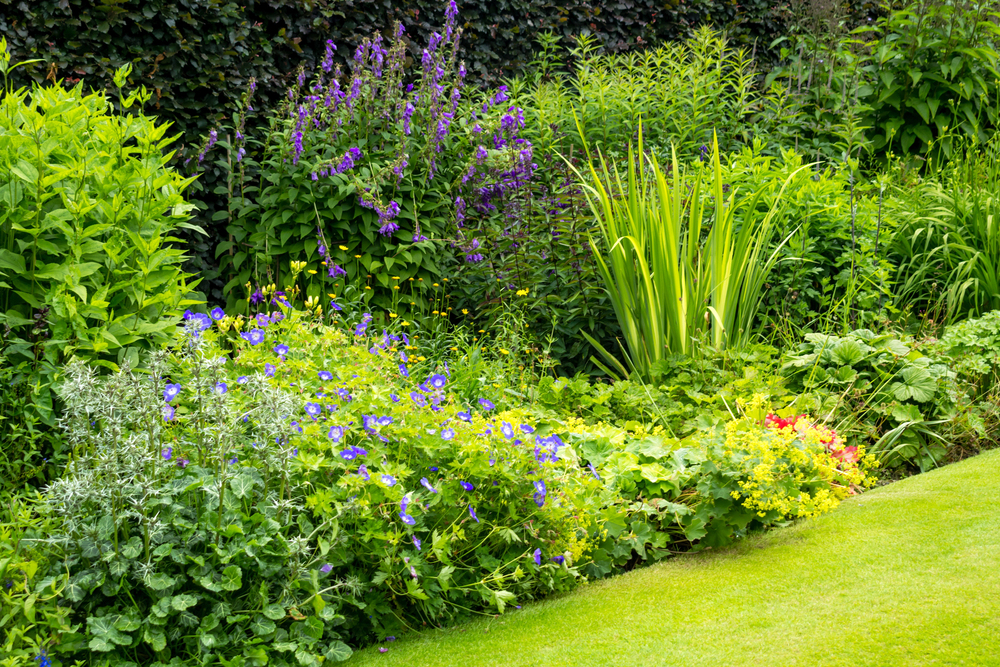
By planting a diverse range of flowers, you’ll attract a wider variety of pollinators like bees and butterflies. Choose plants that bloom at different times of the year to provide continuous food sources for these vital creatures. Bees, in particular, are drawn to brightly colored, nectar-rich flowers, so including a mix of blooms can keep your garden buzzing with life. A variety of flowers also enhances the visual appeal of your space.
Leave Areas Wild
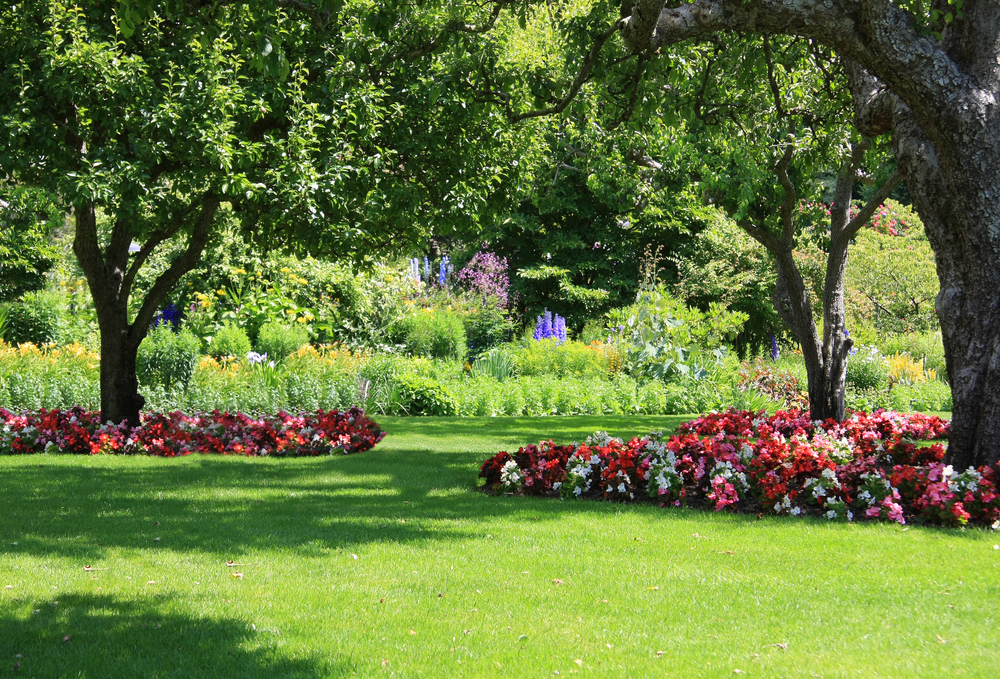
Not every part of your garden needs to be perfectly manicured. Leaving some areas of your garden to grow naturally creates a space where wildlife can thrive. Tall grasses, wildflowers, and leaf piles can offer food and shelter for insects and small mammals. This approach also reduces the need for constant upkeep, allowing your garden to balance nature’s rhythms.
Avoid Chemical Pesticides
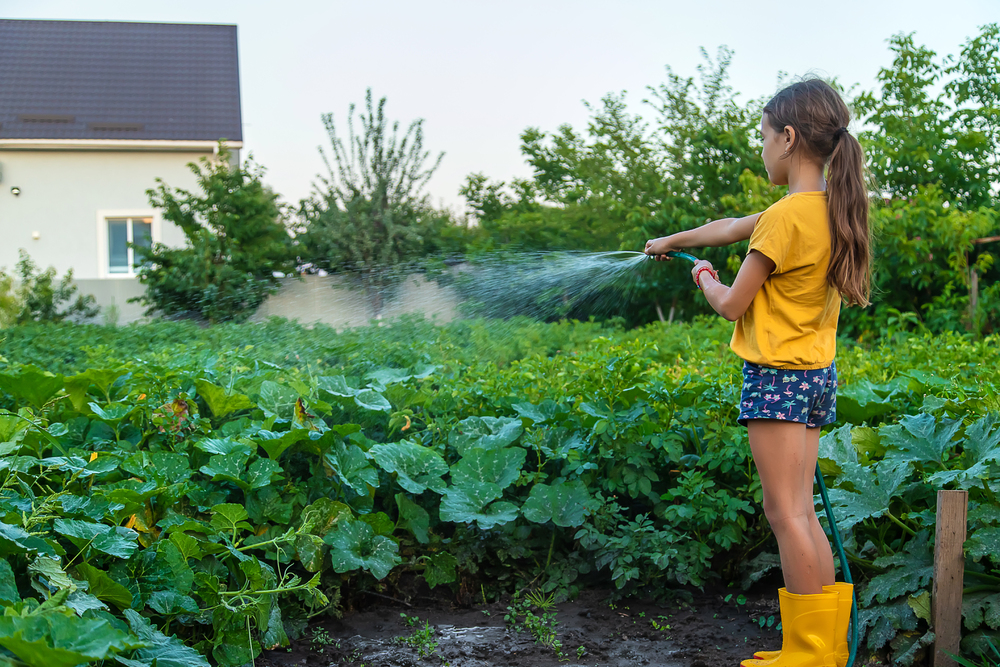
Using chemical pesticides can be harmful to the very wildlife you’re trying to attract. These chemicals can damage insect populations, including beneficial ones like bees and ladybugs, while also affecting birds and small animals. Opt for natural pest control methods, such as companion planting or encouraging natural predators like birds and spiders. By going chemical-free, you help create a healthier environment for all.
Include Berry-Producing Plants
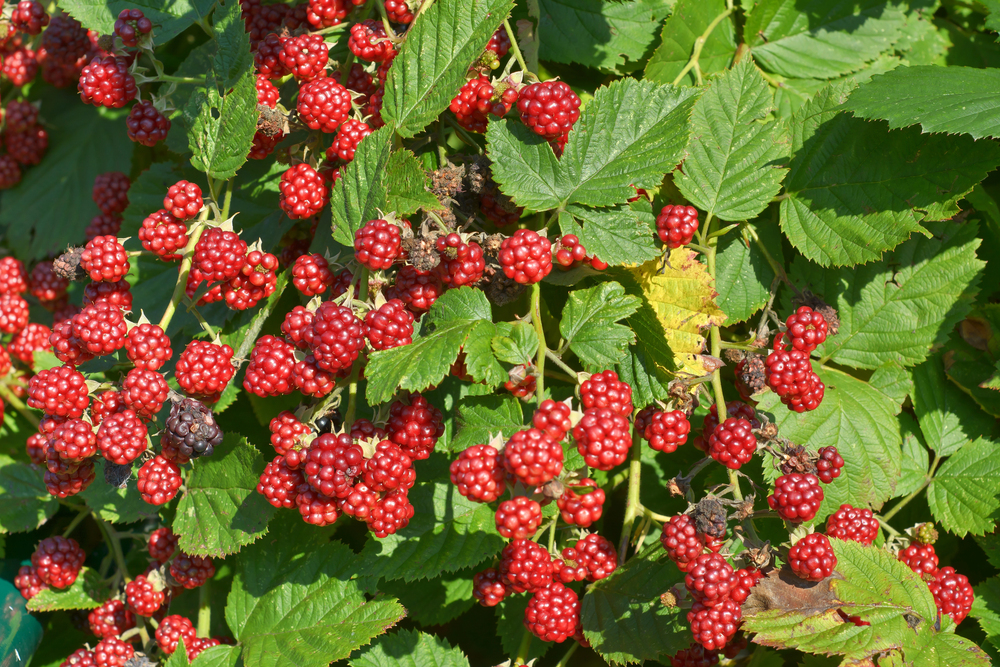
Berry-producing plants not only add color and texture to your garden, but they also provide a food source for birds and other animals. Plants like elderberries, hawthorns, and blackberries offer nourishment through the seasons. These shrubs and bushes can also serve as shelter for smaller creatures. A mix of fruit-bearing plants adds diversity to your garden while supporting wildlife.
Add Nesting Boxes
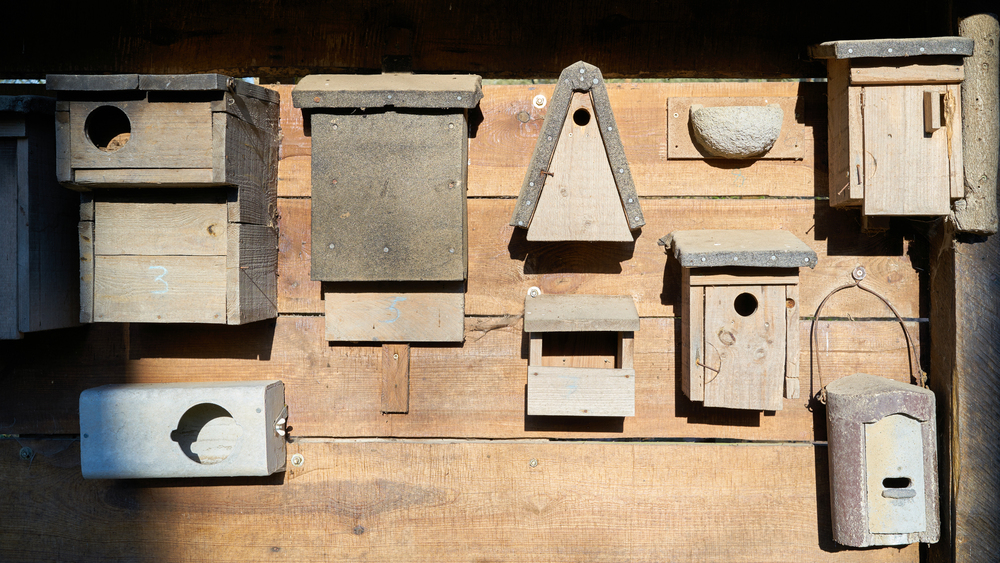
Nesting boxes can offer birds, bats, and other small animals a safe place to raise their young. Place them in quiet, sheltered spots in your garden where they won’t be disturbed. You can find or build boxes suited to different species, encouraging a range of wildlife to settle in your yard. Nesting boxes make a noticeable difference in helping local wildlife thrive.
Plant Trees and Shrubs
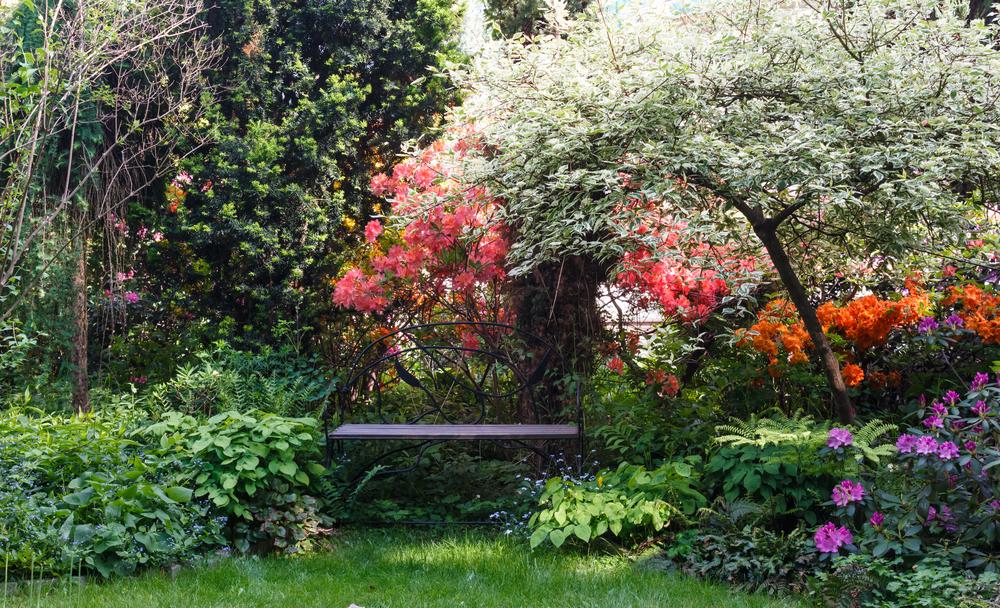
Trees and shrubs are essential for providing shelter, food, and nesting sites. Birds, squirrels, and insects can find everything they need in the branches and leaves. Planting a variety of trees and shrubs can ensure that your garden supports a range of wildlife year-round. Even a single tree can dramatically increase the biodiversity in your outdoor space.
Grow a Wildflower Meadow
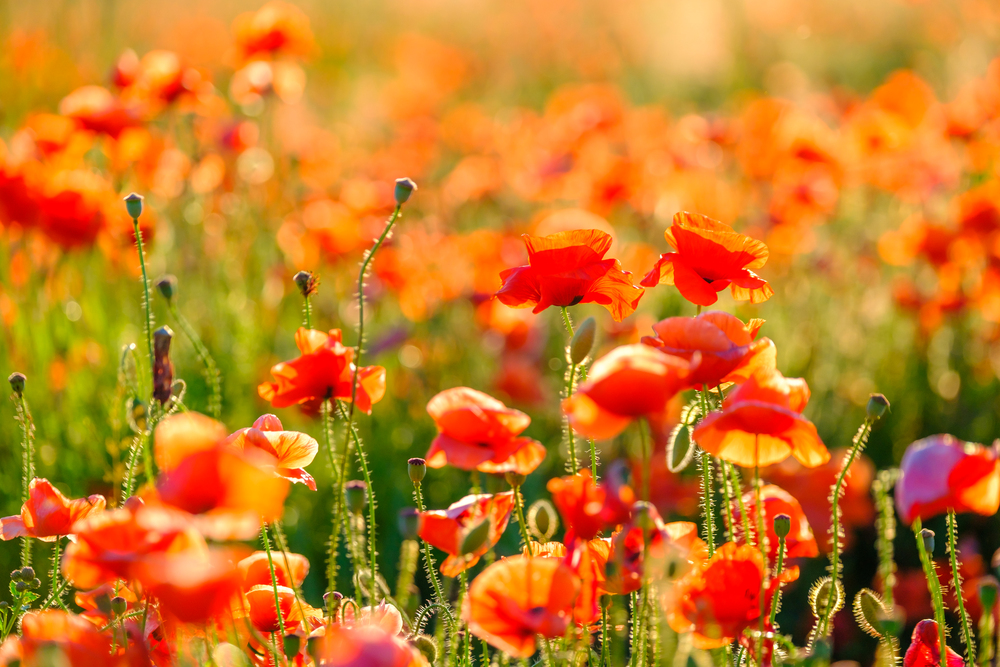
A wildflower meadow is a haven for pollinators like bees, butterflies, and other insects. It offers them a steady supply of nectar while adding a colorful, natural touch to your garden. You can easily create a meadow by choosing a mix of native wildflower seeds and letting them grow with minimal intervention. A wildflower meadow supports biodiversity and requires less water and care than traditional lawns.
This article originally appeared on RetailShout.
More From RetailShout
26 Budget-Friendly Chicken Recipes for Easy Weeknight Dinners

Finding quick and affordable meals can be a real game-changer for busy weeknights. Chicken is a versatile and budget-friendly ingredient that fits the bill perfectly. Read More.
The 14 Oldest Steakhouses in America You Must Visit

Steak lovers, gather ’round! Ever wondered where you can find the oldest and most iconic steakhouses in the United States? Read More.
26 No-Bake Treats to Satisfy Your Sweet Tooth
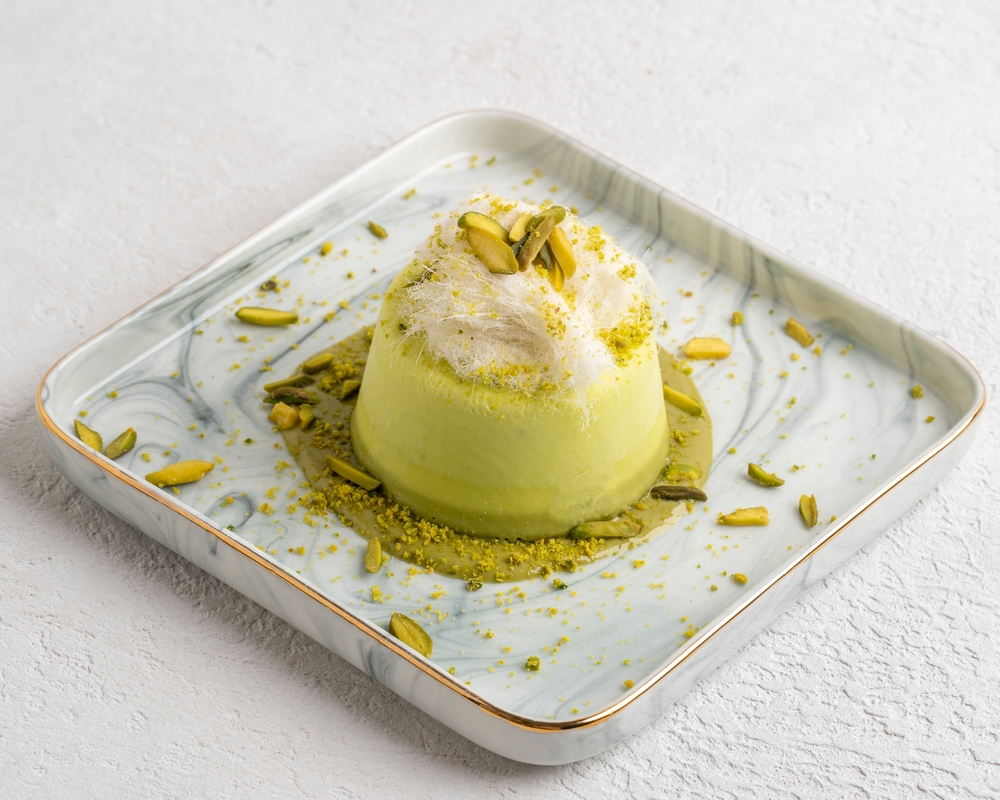
Craving something sweet but don’t want to deal with the oven? No worries! Whether you’re in a hurry, it’s too hot to bake, or you just want something easy, these no-bake treats are perfect for satisfying your sweet tooth. Read More.

